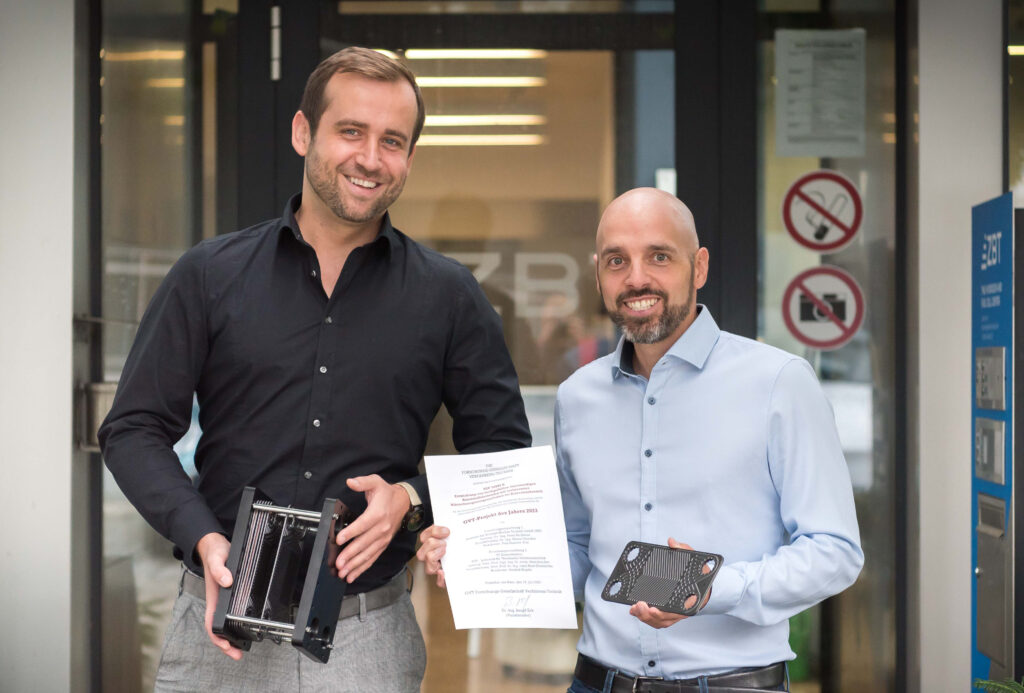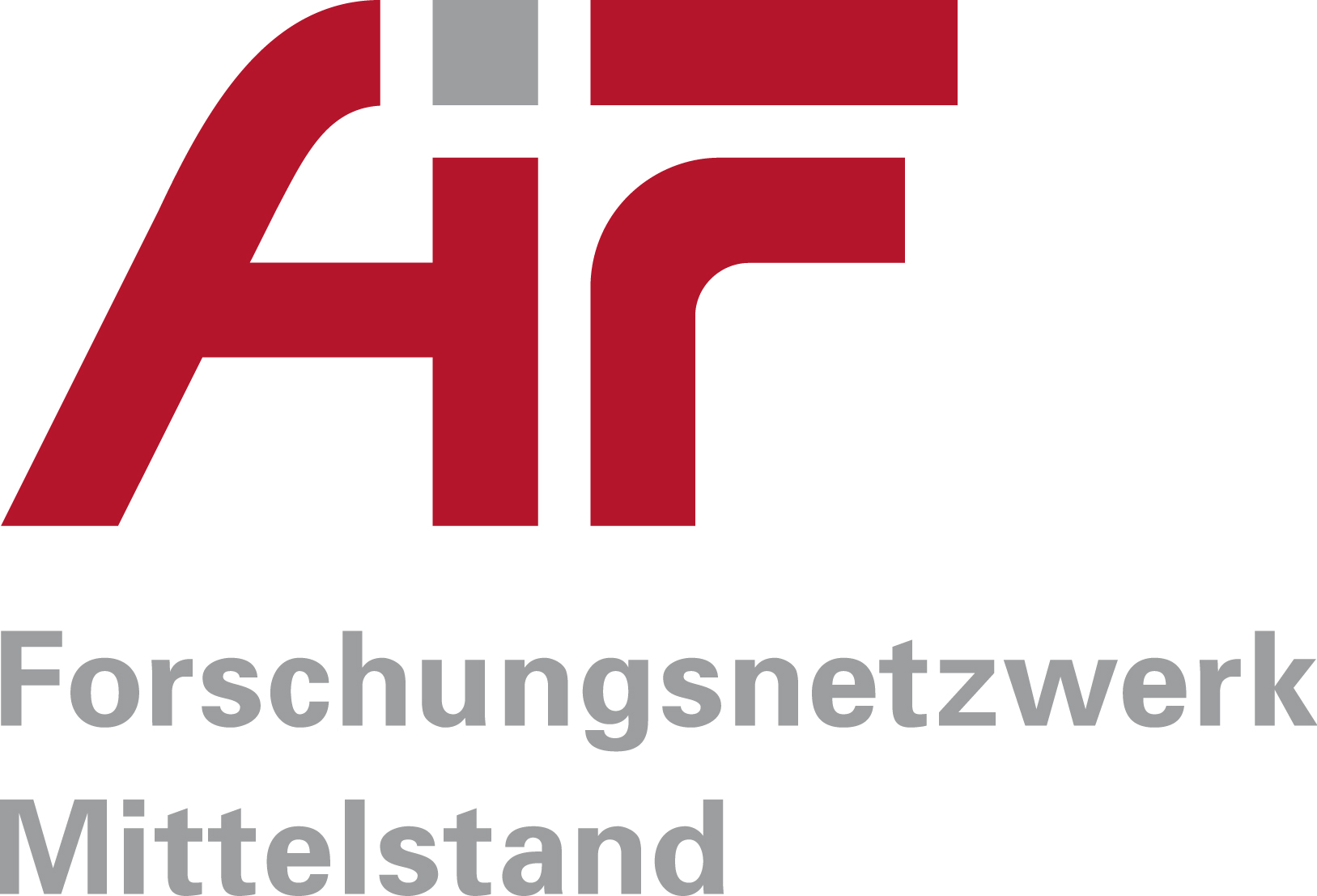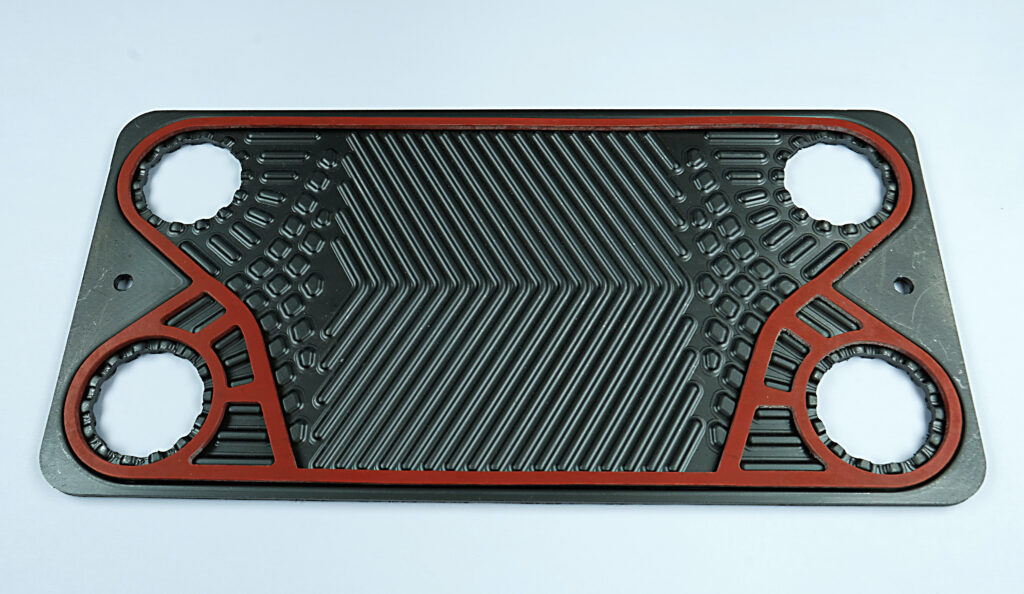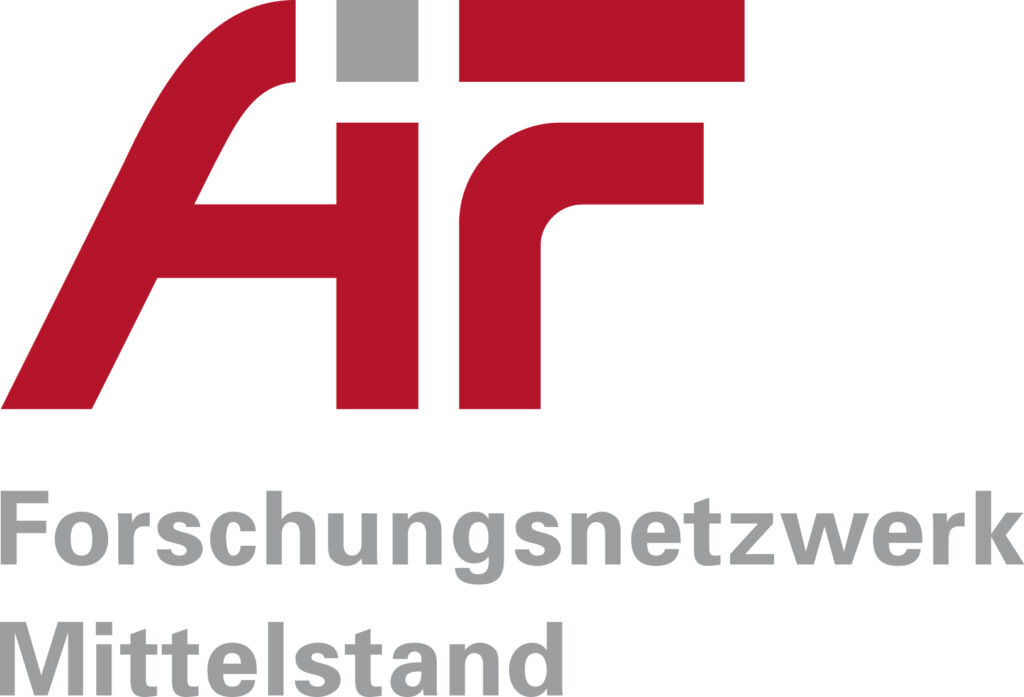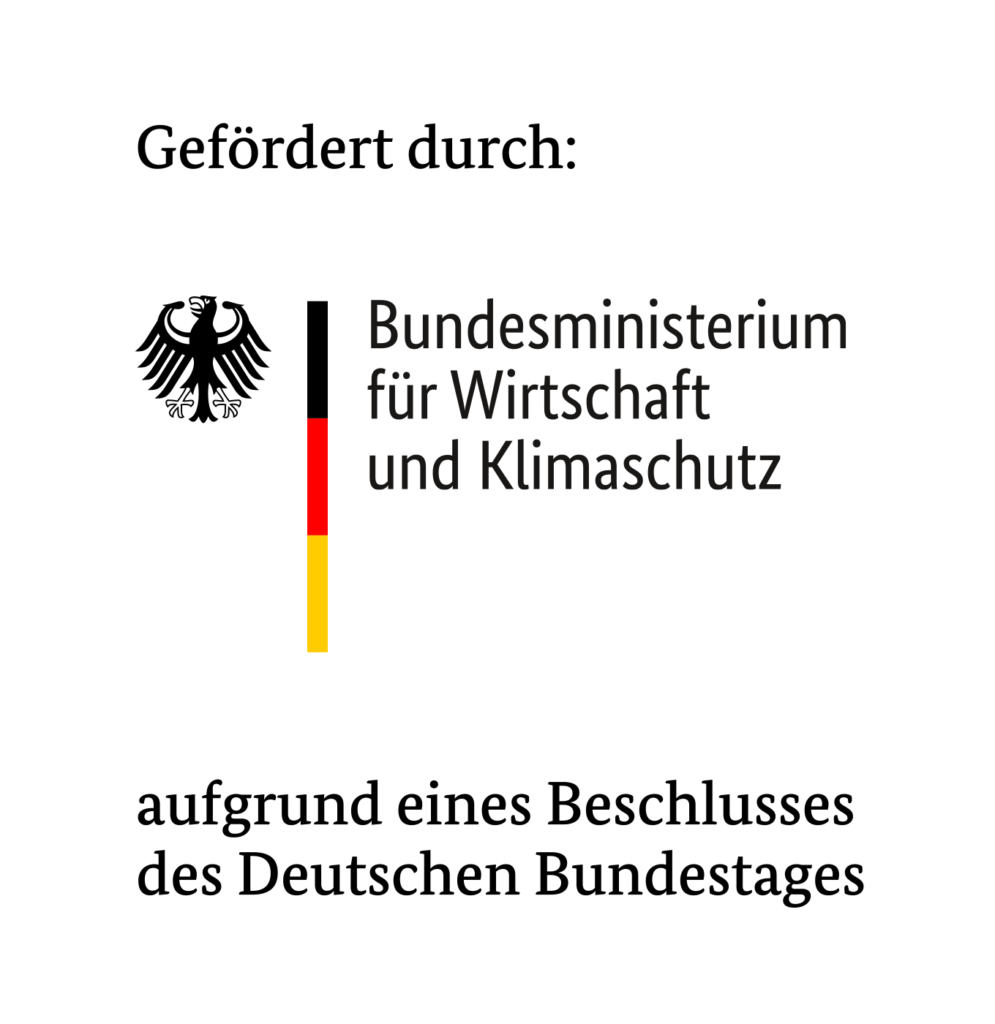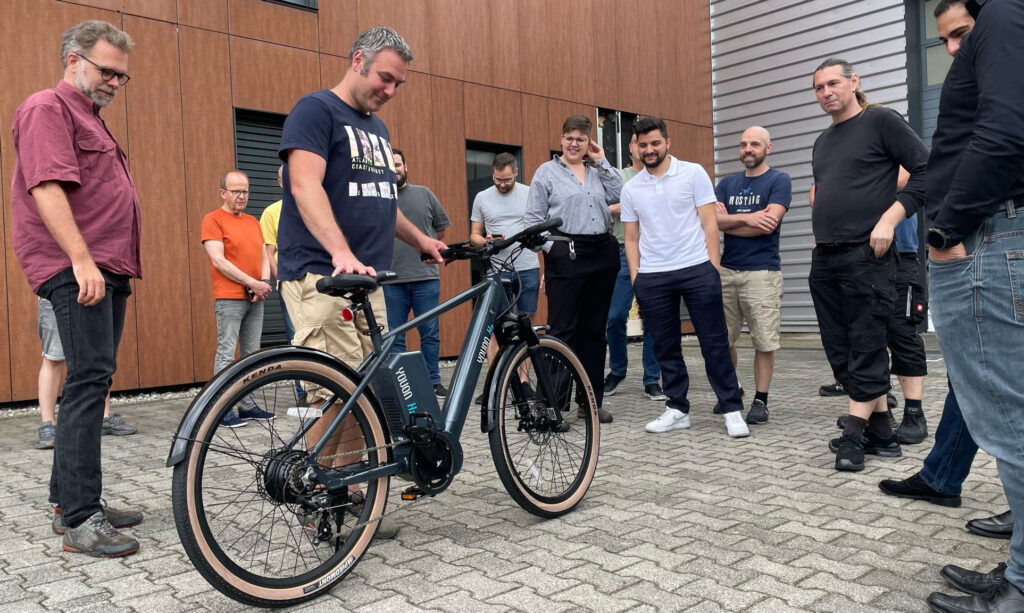According to the researchers, the embossing seems to lead to a shift in the internal graphite structure. This results in a further improvement of the thermal conductivity by 7 to 20 percent compared to the unembossed sheets. With low panel thicknesses, heat transfer coefficients of up to 1850 W/m²K could thus be achieved. This makes the performance of the developed materials quite comparable to that of metallic materials in a wide range of process conditions.
The scientists also tested the plates for mechanical stability, thermal performance and susceptibility to fouling in order to evaluate their suitability as an alternative to metallic plate heat exchangers. The plates get their stability from both the filler and the specific geometry with support points. “Our plates are so stable that process pressures of at least 4.8 bar are possible,” emphasises Paul Stannek from ZBT.
The fouling tests with calcium sulphate and calcium carbonate show a significantly lower fouling susceptibility of the developed materials compared to the reference material stainless steel. “This quickly compensates for differences in performance during operation,” Grundler finds.
“Every year, GVT successfully manages about 20 to 30 projects of the Industrial Cooperative Research IGF. Every year, about 10 new projects are added and an equally large number of projects are successfully completed each year. From the pool of successfully completed projects, the GVT Research Advisory Board selects one excellent example each year as GVT Project of the Year. In keeping with the spirit of the IGF, the projects of the year are convincing in terms of scientific quality and economic relevance at the same time.”
GVT – Forschungs-Gesellschaft Verfahrens-Technik e.V.
According to the researchers, the demonstrated process for manufacturing graphite-filled polymer plate heat exchangers offers significant advantages over processes in which time-consuming post-processing of the plates is necessary. The combination of the extrusion process and the subsequent embossing process for the insertion of structures makes it possible to produce the thermal plates thinly, cost-effectively and with lower energy input, even in small and medium-sized companies.
Grundler’s conclusion: “We estimate that the use of our heat exchangers will lead to advantages in terms of investment as well as operating costs compared to the alternatives available on the market in the corrosion and high temperature range.” According to the researchers, the reasons for this are, on the one hand, the cost-effective raw materials and manufacturing processes and the low susceptibility to fouling.
The scientific quality and economic relevance of the project convinced the GVT research advisory board. It selected the project by Marco Grundler and Paul Stannek from ZBT and Hendrik Kiepfer from RPTU as the GVT Project of the Year 2023.
Fuel Cells and Stacks Department
Project title:
Development of highly filled thin-walled plastic elements with improved heat transport properties in the corrosion range.
IGF No. 20999 N
Project period: 02/2020 to 10/2022
Project partners:
